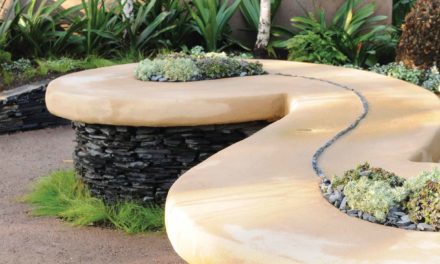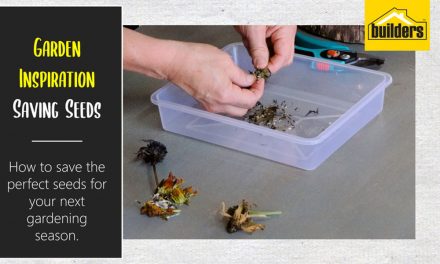Bulbous plants have been cultivated for centuries, primarily for their spectacular spring or summer floral display.
Autumn is an important planting time for many well-known and much loved bulbs.
Make sure that you plant bulbs at the correct time of year and at the correct depth, and don’t plant bulbs when temperatures are still high. Buy bulbs early in the season and store them in cool, dark cupboard or in the vegetable compartment of the refrigerator until temperatures cool. Consider using bulb planter trays for growing, which are plastic containers with mesh-like bases for planting in. Once planted with bulbs they are then submerged into the garden or flower beds – they are easy to plant, easy to lift, and prevent mole damage.Bulbs need plenty of water once they have been put into the ground. Flower bulb food applied according to directions enhances their growth and overall performance in the garden.
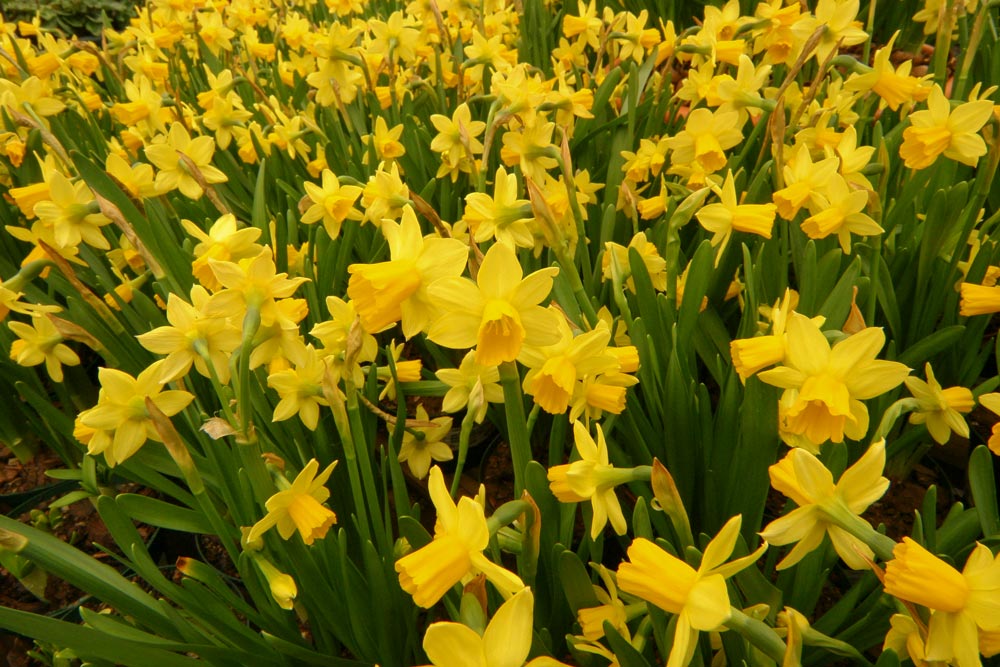
Daffodil ‘Flower Carpet’
Large yellow flowers with prominent trumpets, a sweet scent and typical nodding posture make this one of the most recognised bulbs in local gardens. Daffodils are excellent in pots and containers, but can be just as effective popping out of tracts of lawn in late winter or early spring. They make good cut flowers for the vase.
- Planting position: Full sun or light shade
- Planting depth: Cover the top of the bulb with 50-60 mm of soil
- Planting time: Mid-April to early June
- Flowering time: July to September

Anemone
Anemones are low-growing plants with either double (St. Brigid) or single (De Caen) flowers in shades of red, purple, pink and white. They make excellent cut flowers, although the stems are rather on the short side, and are effective in pots and containers.
- Planting position: Preferably full sun, or else dappled shade
- Planting depth: Cover with 10-20 mm of soil
- Planting time: Early April to the end of May
- Flowering time: July to September
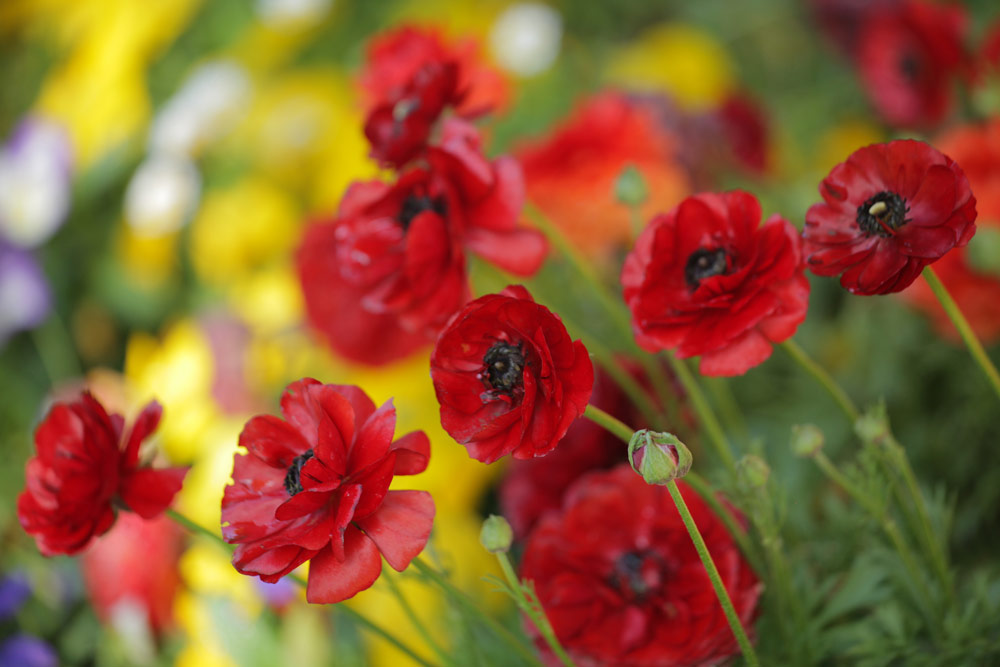
Ranunculus
The large, double flowers in a wide range of bright colours make a dazzling display in the garden or in the vase. Ranunculus is easy to grow in full sun, preferably in an open, exposed position. Beware of powdery mildew growing on the leaves as the plants develop, and spray with a suitable fungicide.
- Planting position: Full sun
- Planting depth: Cover with 20-30 mm of soil
- Planting time: Early April to the end of May
- Flowering time: July to September
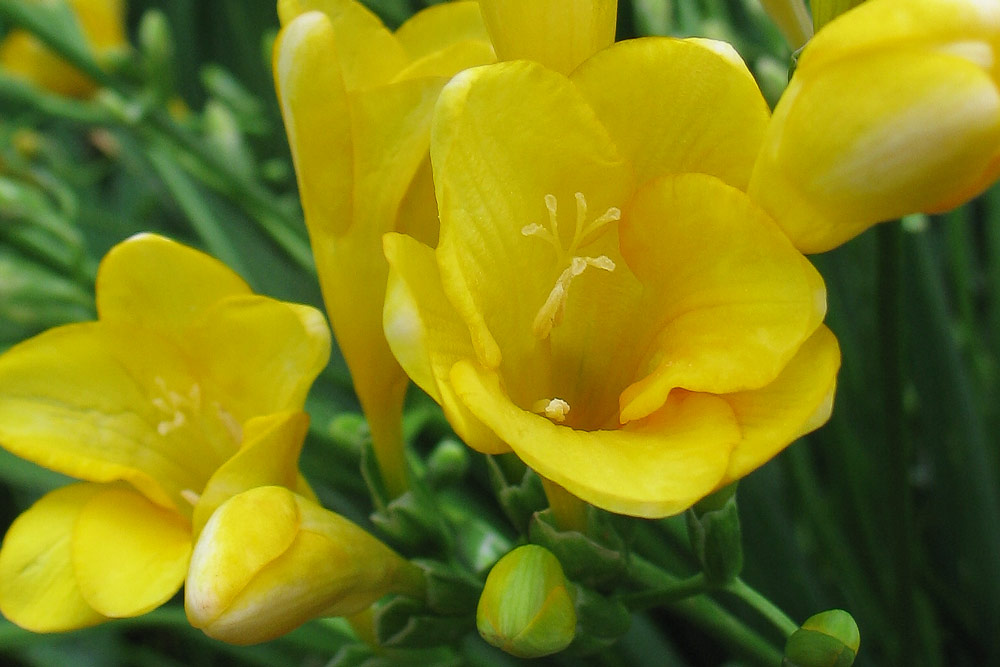
Freesias
These indigenous bulbs have been cultivated for centuries for their sweetly scented tubular flowers. The double or single flowers in a range of mixed or separate colours make freesias popular garden plants. The cut flowers last well in water and add a heady fragrance to the home.
- Planting position: Sun or light shade
- Planting depth: Cover with 20-30 mm of soil
- Planting time: Mid April to early June
- Flowering time: August and September

Dutch Iris
Slender plants with brightly coloured flowers that make a huge impact in the garden and vase, Dutch irises are easy-to-grow bulbs for flower beds or containers. Overplant the bulbs with violas or pansies for a classic winter and spring display.
- Planting position: Full sun
- Planting depth: Cover with 30 mm of soil
- Planting time: Mid-April to early June
- Flowering time: September and October


